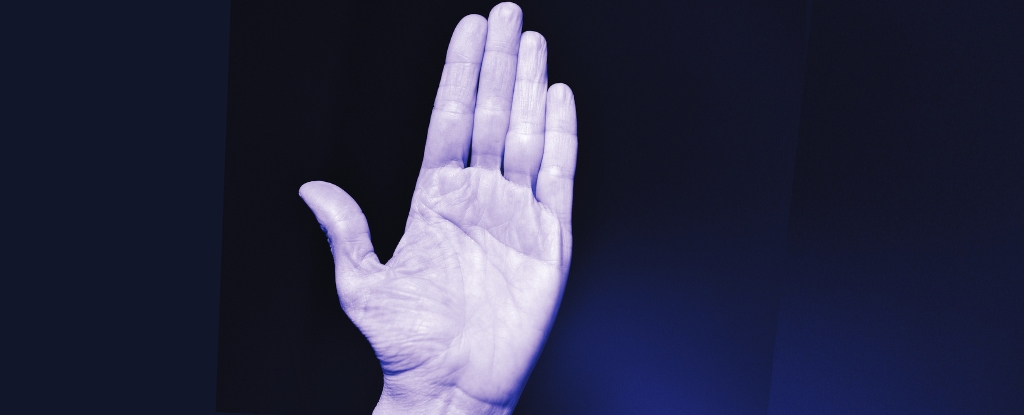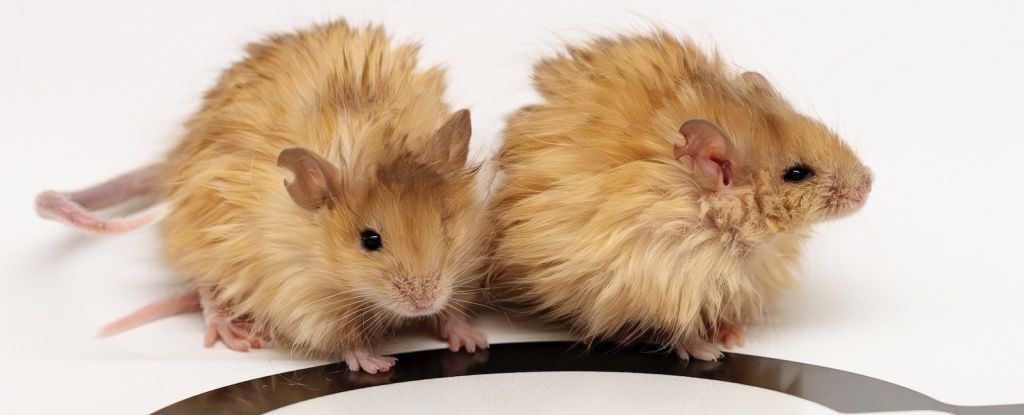It’s been several years since the inception of a new combat sport, called slap fighting, and the concern over traumatic brain injuries is mounting.
A team of neurologists has now reviewed the footage from the first televised professional slap fighting competition in the US and found that the risk of concussions is disturbingly high.
“Slap fighting may be a more grievous combat sport than previously assumed, and strategies to prevent neurological demise among its participants should be pursued,” argue the team of doctors.
Slap fighting is exactly what it sounds like. Two people stand across from each other, and take turns slapping the other’s face with an open hand as hard as they can. Those who are receiving the slap can do nothing to defend themselves. They can’t wear headgear, and they aren’t even allowed to flinch.
Power Slap is a slap fighting promotion company that is owned by the CEO of the Ultimate Fighting Championship (UFC), Dana White. Its first television show premiered in 2023, and the contest is now in its third season.
Analyzing footage from the first season, neurologists from the University of Pittsburgh and the VA Pittsburgh Healthcare System noticed several visible signs of concussion among the contestants, including blank or vacant stares, slowness in standing back up, coordination issues, vomiting, amnesia, or impact seizures.
If just one of these signs was observed and agreed upon, the team of doctors concluded that a concussion had been sustained.
The same principles have been used to identify concussions in American football players, although these are not perfect estimations. Nearly a quarter of players who were concussed on the football field, for instance, did not show visible signs of a concussion.
Of all 333 slaps analyzed, concussive signs were observed after 97 slaps, nearly 30 percent. Of the 56 contestants who were viewed, 44 showed at least one sign of a concussion, which is more than three-quarters of the group.
Twenty contestants also showed visible signs of a second concussion during play.
Contestants who displayed signs of a concussion lost the sequence 75 percent of the time.
The most common signs were a loss of motor coordination, a slowness to get up, or a blank or vacant look.
These initial findings come from a small sample size and are only based on visible signs of concussion, not a proper diagnosis.
That said, the authors suggest that “slap fighting may induce traumatic brain injury in contestants, with potential for long-term consequences”.
These aren’t the only medical experts who are growing concerned by the new sport, which is steadily growing in popularity.
Shortly after Power Slap’s 2023 season aired, the neuroscientist and former professional wrestler, Christopher Nowinski, noticed a contestant showing immediate signs of brain injury.
After being slapped, the contestant’s body took a ‘fencing posture‘, where the arms go into an unnatural position. Along with brain scans, this reflex is used by doctors to determine the severity of a traumatic brain injury.
“This is so sad,” Nowinski wrote on Twitter. “Note the fencing posture with the first brain injury. He may never be the same… Pure exploitation. What’s next, “Who can survive a stabbing”?”
Another neurologist, Nikolas Evangelou from Nottingham University Hospital, said the sport was a “recipe for disaster”.
“It’s all a matter of time before we see more serious brain injury from a dissection,” he told Sky News in 2023.
“Slap fighting may be entertaining to watch as a lay viewer, but as medical professionals, we found some aspects of the competitions to be quite concerning,” says neurologist Raj Swaroop Lavadi from the University of Pittsburgh, who led the most recent study.
“Our end goal is to make all professional sports safer for the neurologic health of the athletes. It is really difficult to ban any sport, but it is possible to raise awareness about the associated harms.”
The team is now working on a study that uses mouthpieces to measure how hard a head is being hit. The neurologists in Pittsburgh hope their results will improve safety standards for contestants in this emerging sport.
The study was published in JAMA Surgery.





